Introducción a la serie ESP32
Espressif Systems ha tenido un impacto significativo en el panorama del Internet de las Cosas (IoT) con su serie de microcontroladores ESP32. Entre ellos, el ESP32-S3 y el ESP32-C3 destacan como soluciones versátiles y económicas para una amplia gama de aplicaciones. Aunque ambos comparten el nombre ESP32, satisfacen diferentes necesidades con características únicas. Este artículo explora las diferencias entre estos dos chips para ayudarte a decidir cuál se adapta mejor a tu proyecto.
Arquitectura del núcleo
ESP32-S3
-
Procesador: Microprocesador Xtensa LX7 de doble núcleo, que ofrece un equilibrio entre rendimiento y eficiencia energética.
-
Velocidad de reloj: Funciona hasta 240 MHz.
-
Conjunto de instrucciones: Arquitectura de 32 bits.
ESP32-C3
-
Procesador: RISC-V RV32IMC de un solo núcleo, conocido por su simplicidad y eficiencia.
-
Velocidad de reloj: Opera hasta 160 MHz.
-
Conjunto de instrucciones: También de 32 bits pero con una arquitectura diferente.
Memoria y Almacenamiento
ESP32-S3
-
SRAM: 512 KB de SRAM interna, con opción de expansión externa PSRAM.
-
Flash: Soporta flash SPI externo de hasta 16 MB.
ESP32-C3
-
SRAM: 400 KB de SRAM interna, menos que el S3 pero suficiente para muchas aplicaciones.
-
Flash: También soporta flash SPI externo de hasta 16 MB.
Conectividad Opciones
Inalámbrico
-
ESP32-S3: Wi-Fi de doble banda (2.4 GHz y 5 GHz), Bluetooth 5 (LE) con soporte para redes malladas.
-
ESP32-C3: Wi-Fi de 2.4 GHz, Bluetooth 5 (LE), pero sin soporte para 5 GHz ni redes mesh.
Periféricos
-
ESP32-S3: Ofrece un conjunto amplio de periféricos incluyendo UART, SPI, I2C, I2S, PWM, LEDC, RMT, ADC, DAC y más, con un mayor número de pines GPIO (45 GPIOs).
-
ESP32-C3: Aunque sigue siendo versátil, tiene menos periféricos y pines GPIO (22 GPIOs).
Características de seguridad
ESP32-S3
-
Arranque Seguro: Asegura que solo el firmware firmado pueda arrancar.
-
Encriptación de Flash: Encripta los datos almacenados en la memoria flash.
-
Criptografía: Soporta aceleración por hardware para operaciones criptográficas como AES, SHA, RSA, etc.
ESP32-C3
-
Arranque Seguro: También soporta mecanismos de arranque seguro.
-
Encriptación de Flash: Ofrece encriptación de flash, aunque con diferentes capacidades criptográficas.
-
Criptografía: Incluye aceleración por hardware, pero con algoritmos criptográficos menos avanzados comparado con el S3.
Gestión de energía
ESP32-S3
-
Modos de Energía: Múltiples modos de suspensión incluyendo suspensión ligera, suspensión profunda e hibernación para ahorro de energía.
-
Duración de la Batería: Diseñado para una larga duración de batería en aplicaciones IoT.
ESP32-C3
-
Modos de Energía: Modos de suspensión similares pero con diferentes características de consumo debido a su arquitectura.
-
Duración de la Batería: También se enfoca en la eficiencia energética pero puede tener diferentes perfiles de consumo.
Desarrollo y Ecosistema
ESP32-S3
-
Herramientas de Desarrollo: Compatible con Arduino IDE, Espressif IDF y otros IDEs populares.
-
Bibliotecas y Frameworks: Soporte extenso para bibliotecas y frameworks debido a su popularidad y mayor presencia en el mercado.
ESP32-C3
-
Herramientas de Desarrollo: Soporte similar al S3, pero al ser más nuevo, el ecosistema aún podría estar en desarrollo.
-
Bibliotecas y Frameworks: Ecosistema en crecimiento, con muchas de las mismas bibliotecas que el S3, pero puede requerir adaptación.
Casos de Uso
ESP32-S3
-
Proyectos IoT Complejos: Adecuado para proyectos que requieren alto rendimiento, Wi-Fi de doble banda y un conjunto rico de periféricos.
-
Audio Avanzado: Con su mayor potencia de procesamiento, es mejor para procesamiento de audio y aplicaciones de control por voz.
-
Aprendizaje Automático: Puede manejar tareas de ML más complejas gracias a su arquitectura de doble núcleo.
ESP32-C3
-
Aplicaciones Sensibles al Costo: Ideal para proyectos con presupuesto limitado donde el rendimiento no es la preocupación principal.
-
IoT Básico: Perfecto para dispositivos IoT simples como sensores, interruptores o automatización básica del hogar.
-
Bajo Consumo: Excelente para dispositivos alimentados por batería donde el bajo consumo es crucial.
Costo
-
ESP32-S3: Generalmente más caro debido a sus características avanzadas y mayores capacidades de rendimiento.
-
ESP32-C3: Más asequible, orientado a aplicaciones sensibles al costo sin comprometer la funcionalidad básica de IoT.
| Característica | ESP32-S3 | ESP32-C3 |
| Procesador | Xtensa LX7 de doble núcleo a 240 MHz | RISC-V RV32IMC de un solo núcleo a 160 MHz |
| Memoria | 512 KB SRAM (ampliable con PSRAM) | 400 KB SRAM |
| Memoria Flash | Soporta hasta 16 MB de flash SPI externa | Soporta hasta 16 MB de flash SPI externa |
| Wi-Fi | Doble banda (2.4 GHz y 5 GHz) | Solo 2.4 GHz |
| Bluetooth | Bluetooth 5 (LE), soporte para redes malladas | Bluetooth 5 (LE), sin soporte para redes malladas |
| Pines GPIO | 45 GPIOs | 22 GPIOs |
| Periféricos | UART, SPI, I2C, I2S, PWM, LEDC, RMT, ADC, DAC, más | Similar pero con menos opciones y pines |
| Características de seguridad | Arranque seguro, cifrado de flash, criptografía avanzada | Arranque seguro, cifrado de flash, criptografía básica |
| Gestión de energía | Sueño ligero, sueño profundo, hibernación, eficiente en consumo de energía | Similares pero con diferentes características de consumo de energía |
| Herramientas de Desarrollo | Arduino IDE, Espressif IDF y otros | Arduino IDE, Espressif IDF, otros |
| Ecosistema | Bibliotecas y frameworks extensos | Ecosistema en crecimiento, con cierta adaptación necesaria para bibliotecas específicas del S3 |
| Casos de Uso | IoT complejo, procesamiento de audio, ML, alto rendimiento | IoT básico, bajo consumo de energía, soluciones rentables |
| Costo | Más caro | Más asequible |
Conclusión
La elección entre ESP32-S3 y ESP32-C3 depende de los requisitos específicos de tu proyecto:
-
Si necesitas mayor rendimiento, Wi-Fi de doble banda y una amplia variedad de periféricos para aplicaciones más complejas, el ESP32-S3 es la mejor opción.
-
Si buscas una solución rentable para proyectos básicos de IoT con rendimiento y conectividad suficientes, el ESP32-C3 ofrece una alternativa atractiva.
Ambos chips ofrecen soluciones robustas para el desarrollo de IoT, respaldados por una comunidad vibrante y una documentación extensa. Entender sus diferencias te permite seleccionar la herramienta adecuada para tu kit de IoT.

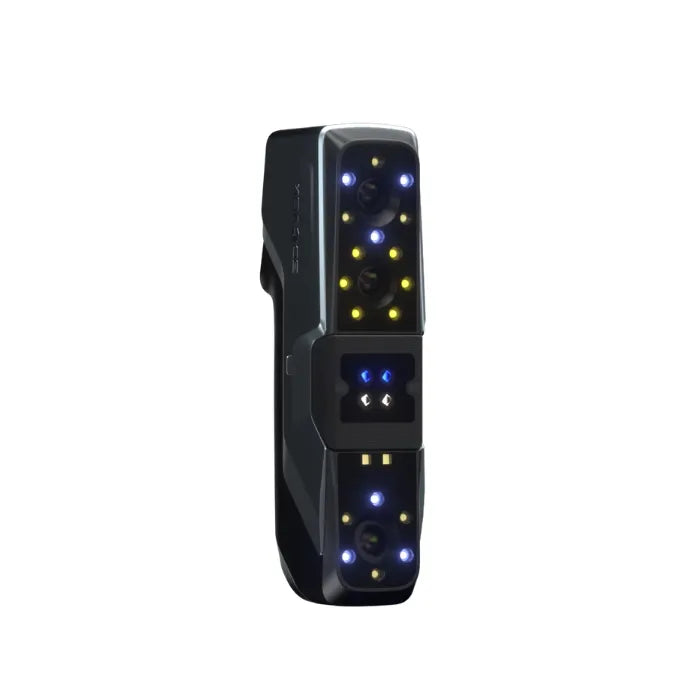


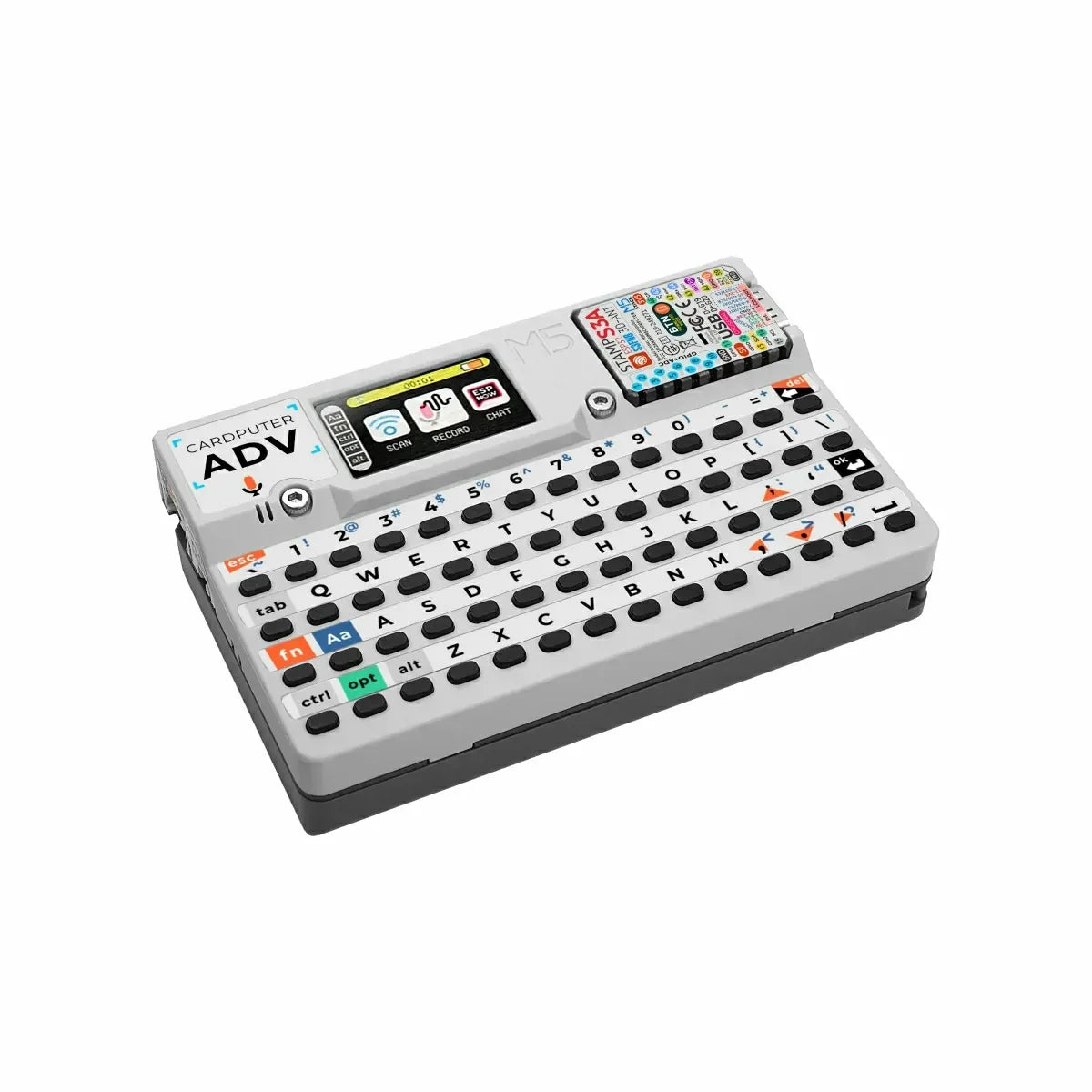



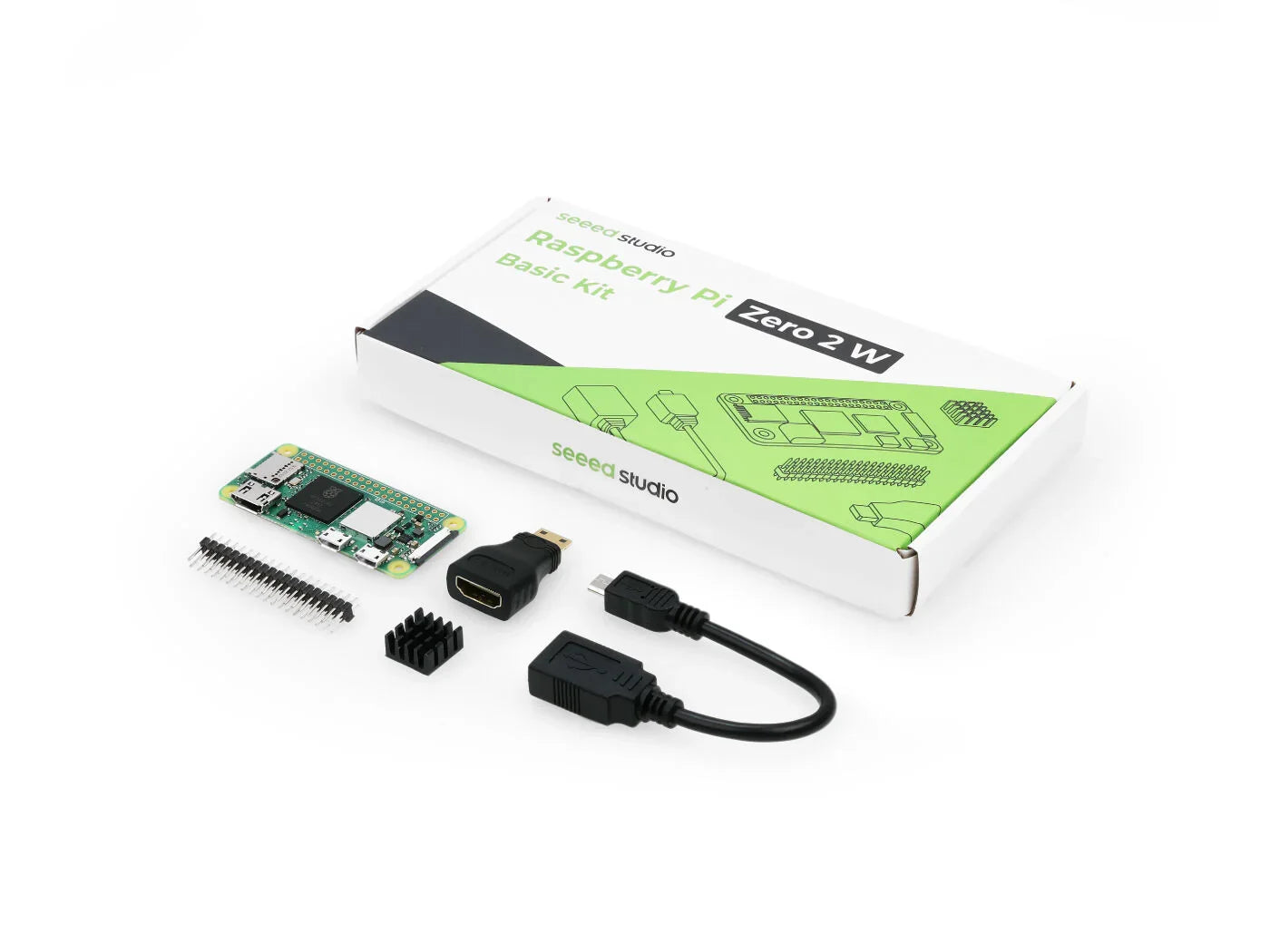







































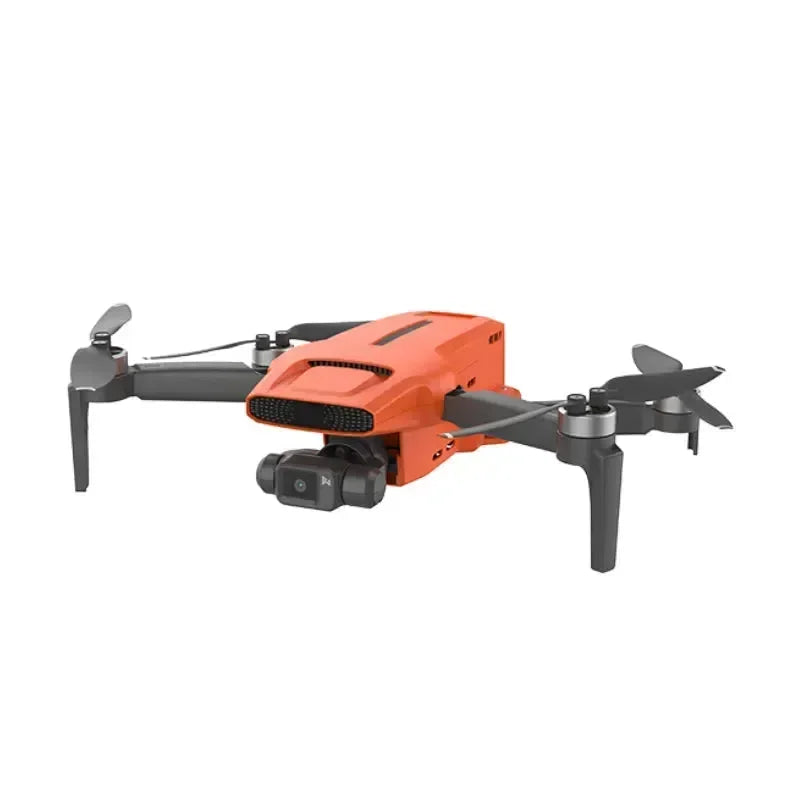

















































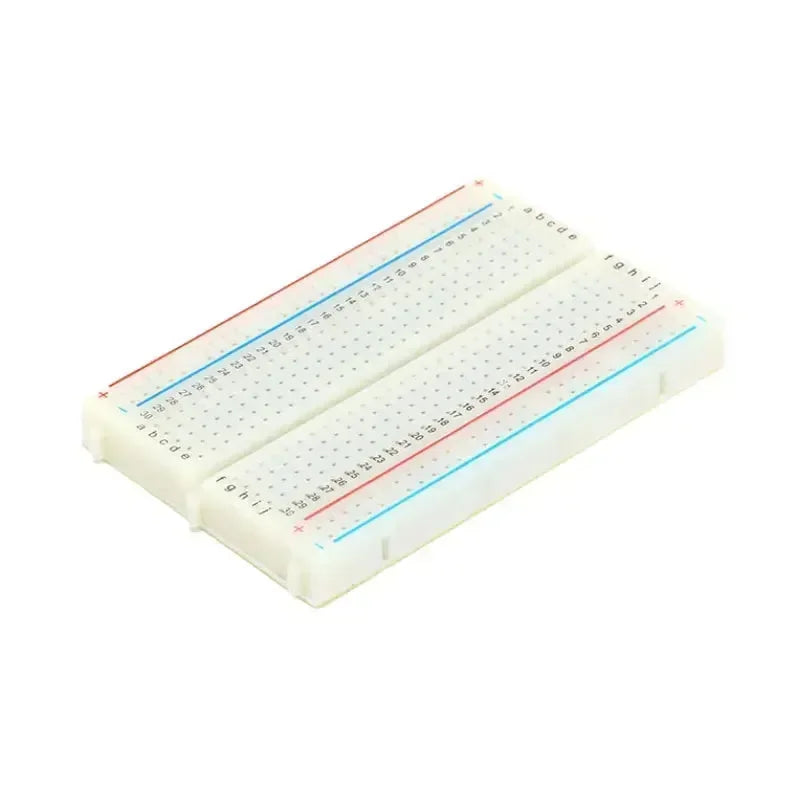








1 comentario
Joseph Mohos
There are errors in the data presented on this page. The Xiao ESP32-S3 board does NOT support dual band WiFi. It only supports 2.4Ghz.